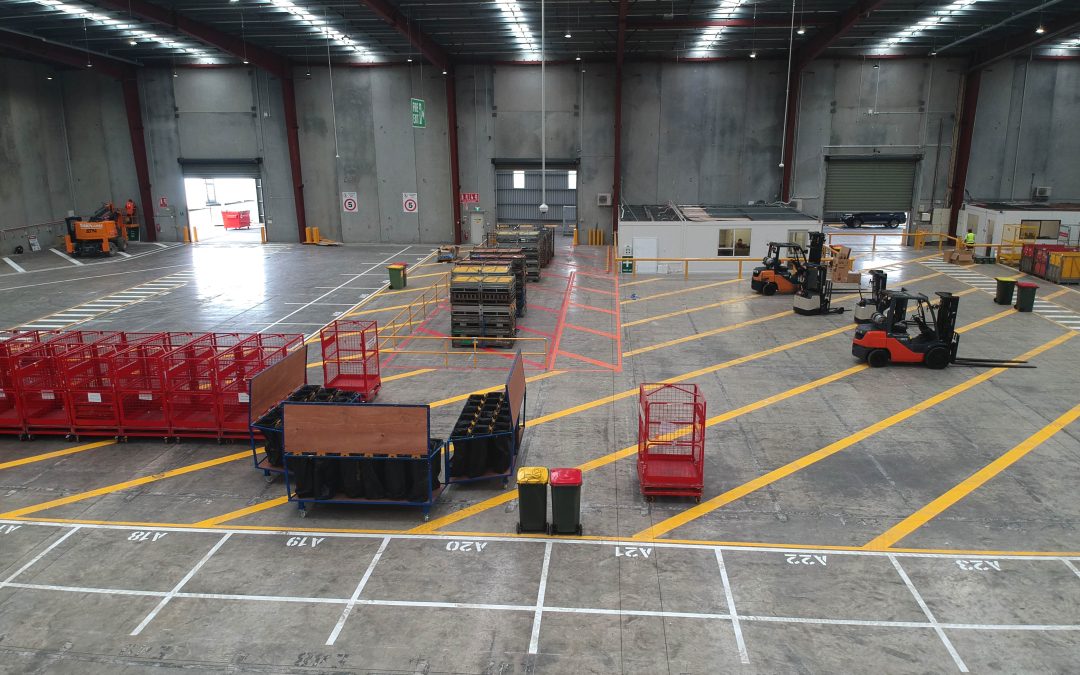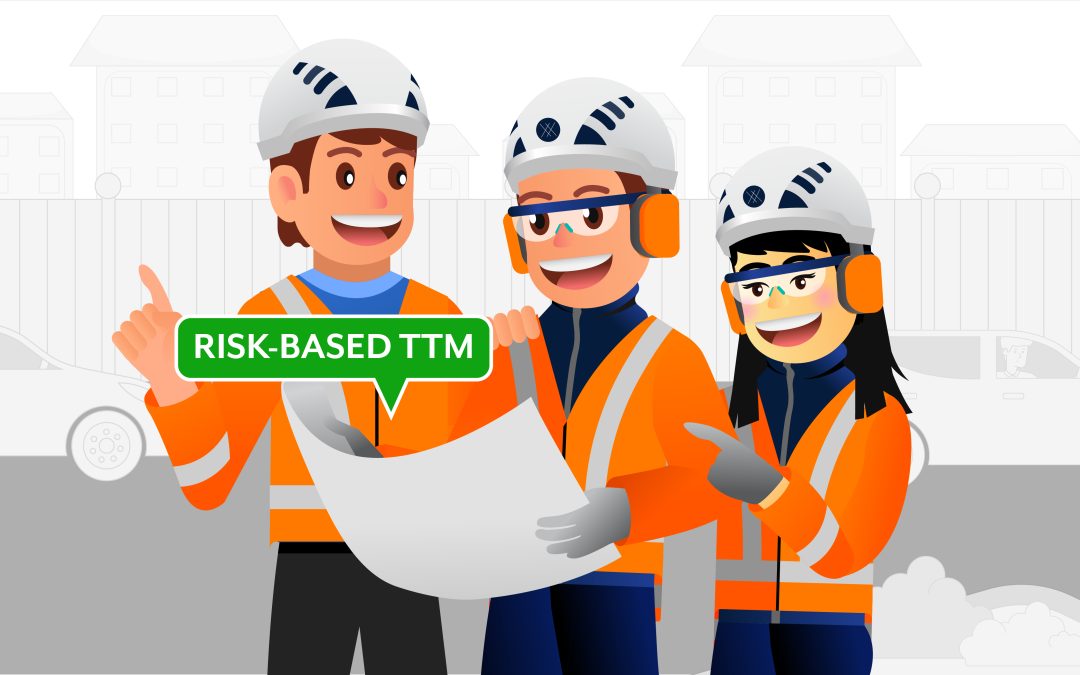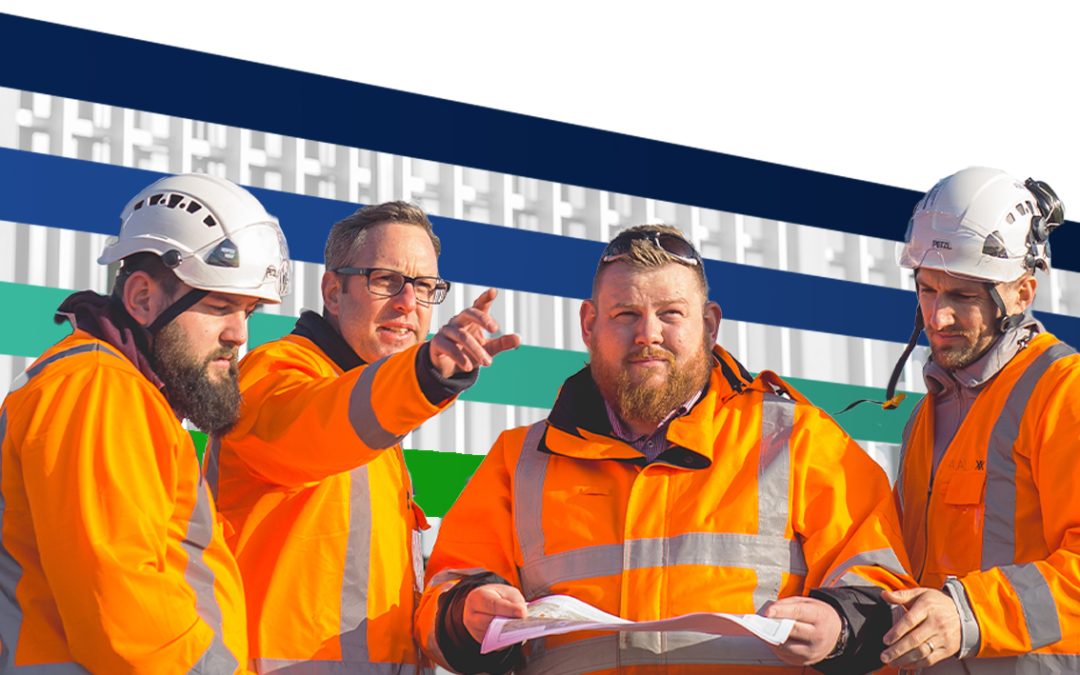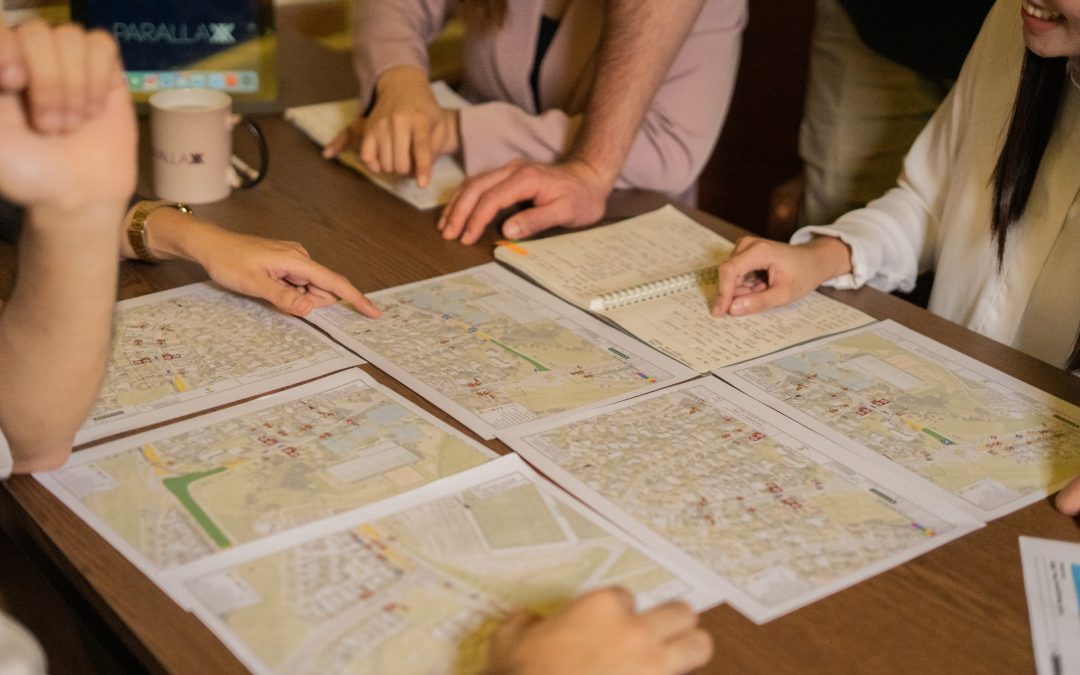Why we developed a new Training Pathway Management Service.
The TTM Sector has seen significant and complex changes. Over the past year, the temporary traffic management sector has gone through a huge transition with many changes affecting us all to a greater of lesser degree. Changes anywhere at any time often create a chain reaction of events that play out in slow motion as stakeholders determine how the change impacts different areas of their operation.
In the last year we have gone from 3 theory based and 1 practicing CoPTTM warrant to 7 theory-based qualifications (counting the general worker unit standard) and 6 practical competency-based qualifications for TTM crews – so that’s a little daunting. Trainers, assessors, and auditors also need to attain practical competencies respective to their own practice i.e., if you want to assess category A STMS assessments you must have that practicing qualification to facilitate this. I won’t even go into the TTM Planner qualification requirements or adult tertiary teaching qualifications that are required to become a TTM trainer, as these are parallel pathways.
There’s another layer of complexity here or what I term the “2 ladder system” which allows for a learner to attain Waka Kotahi qualifications that are largely not unit standard based with an option to attain the unit standards if the learner wants them. Training and the practical assessment requirements chop, and change based on your desire to attain recognised unit standards as well as the Waka Kotahi qualifications.
What has been the impact of these changes on the sector?
I guess from my own experience the impact on the sector can be summed up in 2 words – COSTS and CONFUSION. The transition from the legacy based CoPTTM training to the Waka Kotahi Training and Competency model has been far from cost neutral.
Mentoring, observation, and assessment costs are significant, and this is especially true for companies that have been providing their own inhouse TTM as a peripheral support to their core business. Why? because historically, those inhouse STMS’s and TCs have completed a knowledge-based course and gone out on the road the next day to carryout TTM, often not fully understanding their roles and responsibilities.
TTM mentors and assessors are now the gate keepers that are tasked with ensuring that those assessed, understand roles, responsibilities, correct methodologies, and equipment requirements. It’s been very apparent across New Zealand that operating at the appropriate competency is not “a walk in the park” and that mentoring and pre assessment training to get candidates up to competency assessment level is required in most cases.
Candidate training and competency pathways to attain qualifications are difficult to get your head round, and if I’m candid it’s taken a little while to work it all out. I’ve included a list of considerations that will increase or decrease the qualification path for a learner:
- Current Legacy warrant status
- Current role and responsibility
- Requirement for the unit standard
Generally, I’ve observed companies that have legacy warranted L1 STMS’s deciding to get their personnel qualified to CAT A and B practicing STMS’s. That’s going to be 1-2 days classroom training + assessment costs. If the candidate wants the unit standard, they may have to first go through some other prerequisite unit standard training and they will need to be observed carrying out assessment tasks by a mentor twice before they can carry out an assessment.
End result is a lot of time and costs that are largely not necessary because the company training manager is making a whole lot of wrong assumptions based on their understanding of the Waka Kotahi training and competency model.
Facilitation or Organisational Training by Parallaxx
I’m probably going to sound less than humble here, but – we are experts at this, we know what qualifications you need and how to get your staff there in the most efficient, effective way. Our Training Pathway Management model allows us to determine the correct qualification matched to your employee roles and responsibilities – unfortunately there are some companies out there that are training their staff to category A and B STMS practicing when all they need is a one-day inspection course to be trained to TMO level or only need category A STMS practicing qualifications.
Our model (1) analyses the current legacy warrant status and roles and responsibilities of the employee, (2) we workshop with you to determine the correct TTM qualifications, (3) we create a bespoke qualification map, (4) create a training schedule and (5) then we facilitate the training and competency process on your behalf.
What we are finding is on average we can save companies 20% to 80% on their initial estimates for TTM training because we know the entire training model and what companies actually need, not what they assume they need.
If you want to know more about how we can help you deploy the Waka Kotahi Training and Competency Model accurately and efficiently across your organisation contact us or watch this video about our training pathway management system










